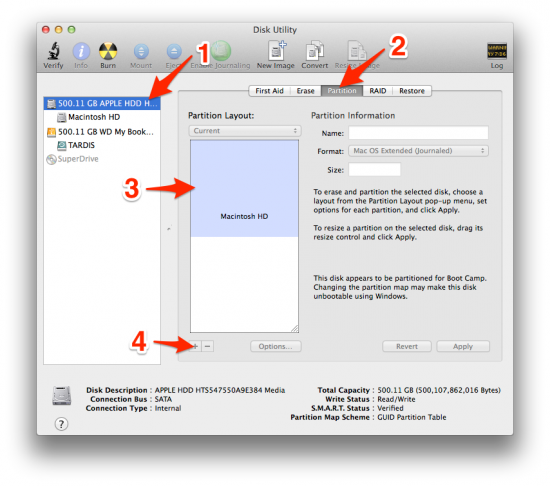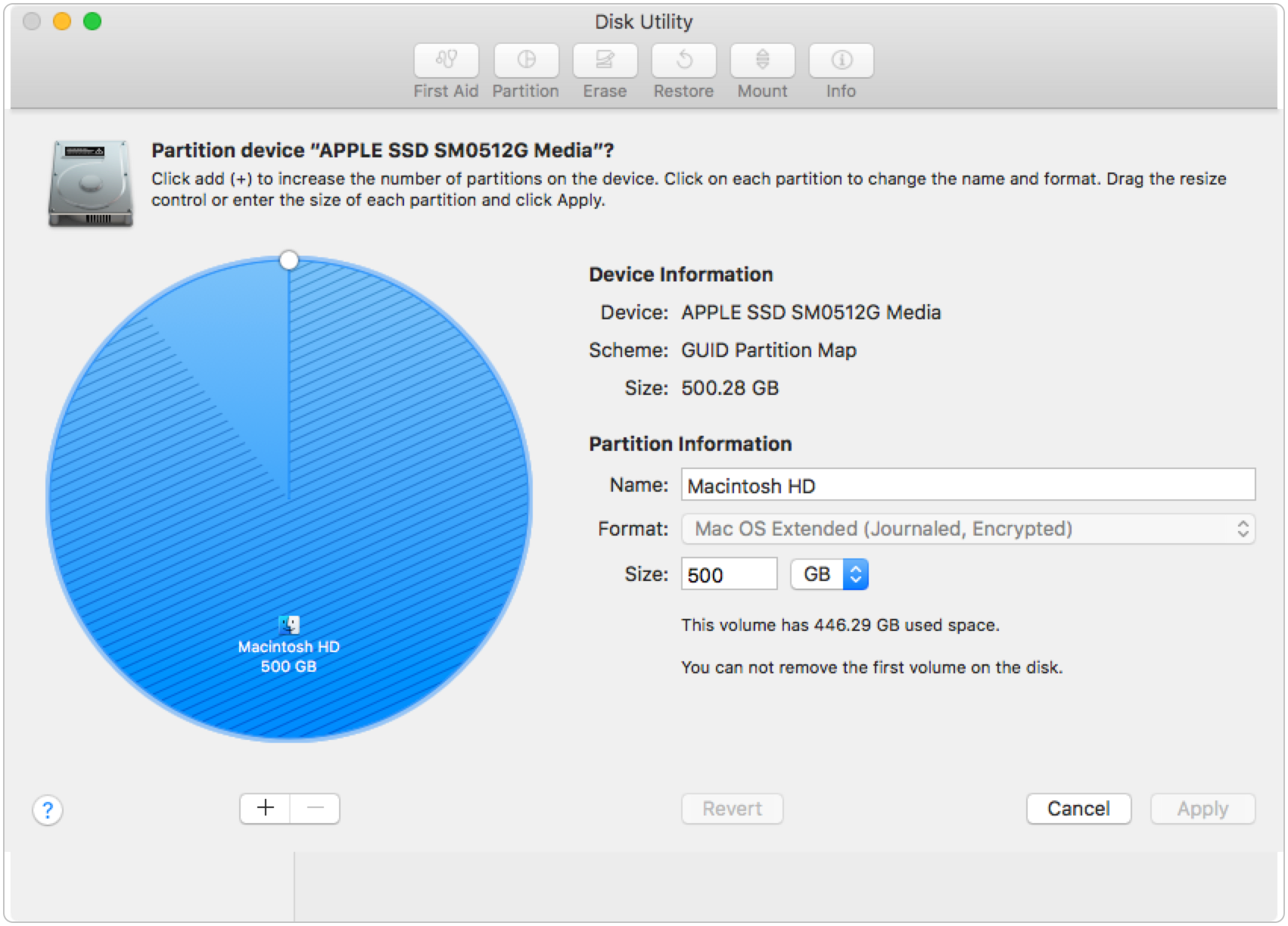

- #Winclone 6 fat32 how to#
- #Winclone 6 fat32 mac os x#
- #Winclone 6 fat32 mac os#
- #Winclone 6 fat32 install#
- #Winclone 6 fat32 windows#
A simple way of doing that is to use the Mac OS Disk Utility (found in “Utilities” folder in Finders “Go” menu) to clone your Mac data (the whole partition) to an external USB or FireWire drive formatted with HFS+ (or FAT32, but then you have a 4,3 GB file size limit which may be a problem, even if you use compression). Either to an USB-Stick, a CD/DVD or to an external hard disk. For the Mac OS partition this is a measure just to be on the safe side.
#Winclone 6 fat32 install#
In that case it’s advisable to format the partitions according to steps 2-4 by using Disk Utility found in the Mac menu before you press “continue” to install OS X (after the initial language choice screen).ġ) Backup your data before you begin. I assume you have a working Mac OS when you start, otherwise you’ll start off the Install DVD installing Mac OS.
#Winclone 6 fat32 windows#
No other partition application is necessary using this Guideline! And BTW, you don’t need to manually edit the Windows boot file “boot.ini” like other tutorials require out there! All necessary partition work (except for the NTFS formatting during Windows Setup) is done using Disk Utility in the Mac OS environment or from the Mac OS Install DVD. With a little trick, which I’ll tell you in a moment, it is possible to make the FAT32 partition as large as you want (override the 32 GB limit of Windows Setup) and to avoid Windows setup files being copied to your shared Data partition, as it is the first partition Windows Setup “sees”.Īpple’s Boot Camp application CAN NOT be used for this partitioning scheme, because it will only allow to make two partitions. And believe me, Partition Magic and GParted (until now) do not understand the Mac OS GUID partition table, which needs to be changed in parallel with the MBR table changes these programs modify. Once formatted, changing the size of the FAT32 or NTFS partitions is not possible anymore without starting from scratch. You definitively need more if you install games or audio/video editing applications.
#Winclone 6 fat32 how to#
If this is important to you, you may stop reading here and read the tutorials on how to use NTFS or Linux ext2 or ext3 for the shared partition and by installing corresponding drivers on both systems (for instance using MacDrive on WinXP and Paragon NTFS on Mac).īoth Mac OS and Windows XP need about 10 GB for the operating system and basic office applications, I would recommend 20 or even 30 GB each just to be sure. However, the max file size is 4,3 GB, which makes things difficult when it comes to disk images, videos, etc. The third partition is used to store files that you want to share between the Windows XP and Mac OS, as both can read and write to the third partition (FAT32). Chances are that the booting into Windows XP will screw up (Mac OS however remains unaffected, as long you don’t tamper with the Mac OS partition). Don’t ask me why, and I wouldn’t recommend changing that with “Partition Magic”, “fdisk”, “GParted” or the like. Once in the Windows Setup partition overview, you will notice that the Mac OS Disk Utility creates unallocated spaces of about 128 MB between the partitions. “disk0s3): Shared Data - FAT32 format (up to 8 TB!)įourth partition (i.e. “disk0s2): MacOSX - Mac OS Extended (journaled) format (HFS+) “disk0s1”): reserved EFI partition (invisible in Disk Utility and during normal use) That leaves room for 2 additional partitions, one for your shared “bilingual” data and one for Windows XP.įor a strange reason, Windows XP MUST be installed on the LAST partition in order for the EFI boot loader to recognize it (“hal.dll corrupt or missing” or “missing media” error).įirst Partition (i.e. The first 2 partitions on Intel Macs are reserved for something called EFI (200 MB, normally invisible) and for the Mac OS itself. NTFS should be used for a Windows partition, as it is safer.Ī limitation when it comes to partitions is that the Windows MBR can address 4 primary partitions only.

#Winclone 6 fat32 mac os x#
Unfortunately, Mac OS X can read but not write to NTFS formatted partitions that Windows NT, 2000, and XP can use instead of FAT32.

As I have spent hours searching for solutions to install a third data partition, accessible by both Mac OS X and Windows XP installed on an Intel Machine, I want to share my experience and publish this Guideline:īoth Mac OS X and Windows can read and write to partitions formatted with FAT and FAT32.


 0 kommentar(er)
0 kommentar(er)
